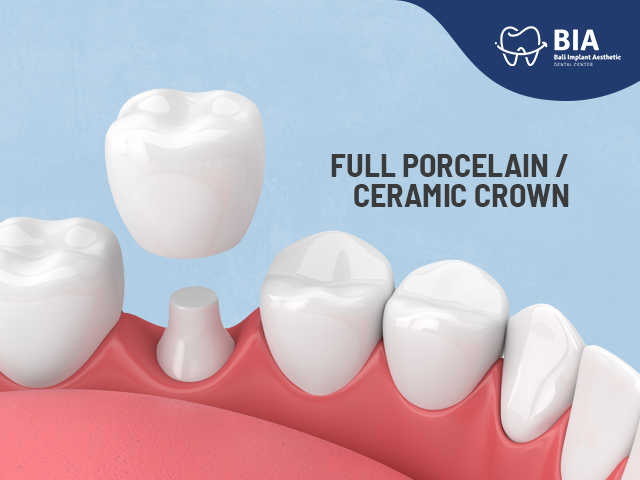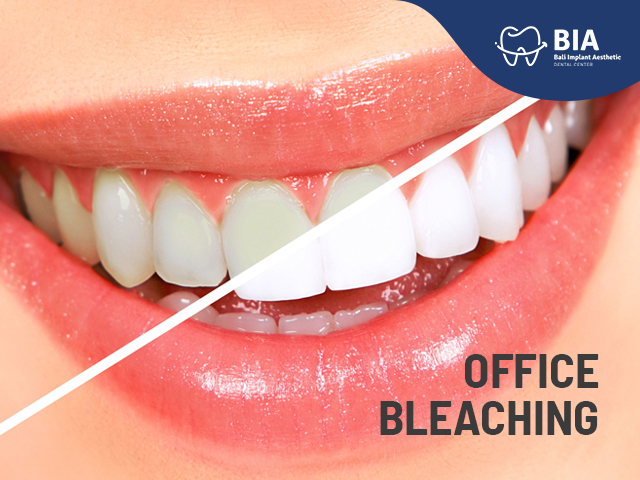A Scientific Exploration of Toothpaste Ingredients: Beyond the Basics
Article | 2024-09-12 10:52:28
Home » Articles » A Scientific Exploration of Toothpaste Ingredients: Beyond the Basics
A Scientific Exploration of Toothpaste Ingredients: Beyond the Basics
Toothpaste, a cornerstone of oral hygiene, contains a complex blend of ingredients designed to clean, whiten, and protect teeth. While fluoride remains the undisputed champion in preventing dental caries, emerging research suggests that other components may also play significant roles in oral health. This review delves into the scientific evidence supporting the efficacy of various toothpaste ingredients, including fluoride, abrasives, surfactants, humectants, and flavoring agents. Additionally, it explores the potential benefits and risks of emerging ingredients, such as antimicrobial agents, whitening agents, and herbal extracts. By understanding the science behind toothpaste formulation, consumers can make informed choices to optimize their oral health.
Toothpaste has evolved from simple powders to sophisticated formulations containing a myriad of ingredients. While fluoride has long been recognized as the primary active ingredient in preventing dental caries, recent studies have highlighted the potential benefits of other components in promoting oral health. This review aims to provide a comprehensive overview of the scientific evidence supporting the efficacy of various toothpaste ingredients, enabling consumers to make informed decisions about their oral care products.
Fluoride: The Cornerstone of Cavity Prevention
Fluoride remains the most extensively studied and effective ingredient in preventing dental caries. It works by strengthening tooth enamel and making it more resistant to acid erosion caused by bacteria. Numerous studies have demonstrated the superiority of fluoride-containing toothpaste in reducing the incidence of cavities, particularly in children and adolescents. However, excessive fluoride intake can lead to dental fluorosis, a condition characterized by white or brown spots on the teeth. Therefore, it is essential to use fluoride toothpaste as directed and consult with a dentist if concerns about fluoride exposure arise.
Abrasives: Cleaning Power
Abrasives are insoluble particles that help remove plaque and surface stains from teeth. Common abrasives include hydrated silica, alumina, and calcium carbonate. While abrasives are essential for cleaning, excessive use can lead to enamel erosion. The American Dental Association (ADA) recommends choosing toothpastes with moderate abrasives and avoiding products that claim to be "extra whitening" or "deep cleaning," as these may contain harsher abrasives.
Surfactants: Foaming Agents
Surfactants are foaming agents that help suspend food particles and plaque in the mouth. They also aid in the penetration of fluoride and other active ingredients into the tooth enamel. Sodium lauryl sulfate (SLS) is the most commonly used surfactant in toothpaste. However, some individuals may experience sensitivity or irritation to SLS, leading to canker sores or mouth ulcers. For those with sensitive teeth, toothpastes containing alternative surfactants or SLS-free formulations may be beneficial.
Humectants: Moisture Retention
Humectants are hygroscopic agents that help retain moisture in toothpaste, preventing it from drying out. Glycerin is a common humectant used in toothpaste. While humectants contribute to the overall texture and feel of toothpaste, they can also contribute to the development of plaque. Therefore, it is important to brush your teeth thoroughly to remove any residual toothpaste and prevent plaque buildup.
Flavoring Agents
Flavoring agents are added to toothpaste to mask the unpleasant taste of other ingredients and make brushing more enjoyable. Common flavoring agents include mint, cinnamon, fruit flavors, and licorice. While flavoring agents do not directly affect oral health, they can influence consumer preference and compliance with brushing habits.
Emerging Ingredients: Potential Benefits and Risks
In addition to the traditional ingredients discussed above, several emerging ingredients are being explored for their potential benefits in oral health. These include:
Antimicrobial agents: Triclosan and chlorhexidine digluconate are examples of antimicrobial agents that can help reduce plaque and gingivitis. However, concerns have been raised about the potential for antimicrobial resistance, and the FDA has restricted the use of triclosan in consumer products.
Whitening agents: Hydrogen peroxide and carbamide peroxide are commonly used whitening agents in toothpaste. While these ingredients can help brighten teeth, excessive use can lead to enamel erosion and sensitivity.
Herbal extracts: Extracts from various herbs, such as green tea, chamomile, and aloe vera, have been studied for their potential anti-inflammatory and antimicrobial properties. However, more research is needed to evaluate their efficacy in oral health.
Conclusion
Toothpaste plays a crucial role in maintaining oral health by preventing dental caries, gingivitis, and bad breath. While fluoride remains the cornerstone of cavity prevention, a variety of other ingredients contribute to the overall effectiveness of toothpaste. By understanding the science behind toothpaste formulation, consumers can make informed choices to select products that best meet their individual needs and promote optimal oral health.
References
American Dental Association (ADA). (2023). Toothpaste. Retrieved from https://www.ada.org/resources/ada-library/oral-health-topics/toothpastes
National Institutes of Health (NIH). (2023). Fluoride: MedlinePlus Medical Encyclopedia. Retrieved from https://ods.od.nih.gov/factsheets/Fluoride-HealthProfessional/
World Health Organization (WHO). (2023). Oral health. Retrieved from https://www.who.int/health-topics/oral-health
—----------------------------------------------------------------------------------------------------------------------------
BIA Dental Center is renowned for its exceptional patient care and comprehensive dentistry services, from general dentistry to advanced dental implants and full mouth rehabilitation. Our highly skilled team offers personalized treatment plans in a serene environment, using advanced technology to ensure optimal outcomes. We provide a unique experience combining hospitality and professionalism, making us a top destination for high-quality, affordable dental care in Bali. Whether it's dental crowns, implants, or smile makeovers, we are dedicated to enhancing your oral health and well-being.
"One Stop Dental Solution for your teeth"
Our services: BIA X-RAY, BIA FARMA, BIA LAB and BIA Anestesi
Contact Information: BIA (Bali Implant Aesthetic) Dental Center Jl. Sunset Road No.168, Seminyak, Badung, Bali Indonesia 80361 +6282139396161




